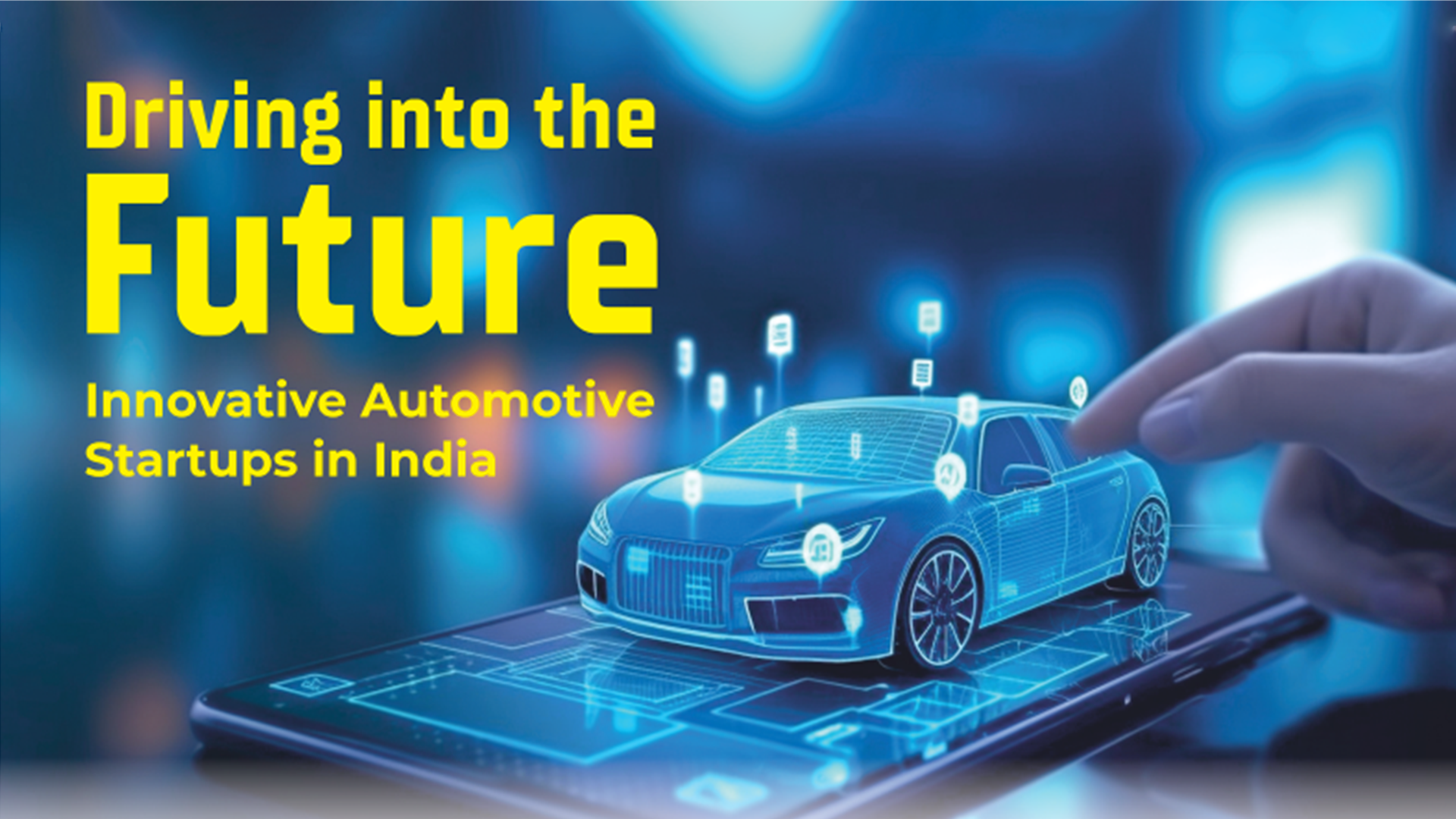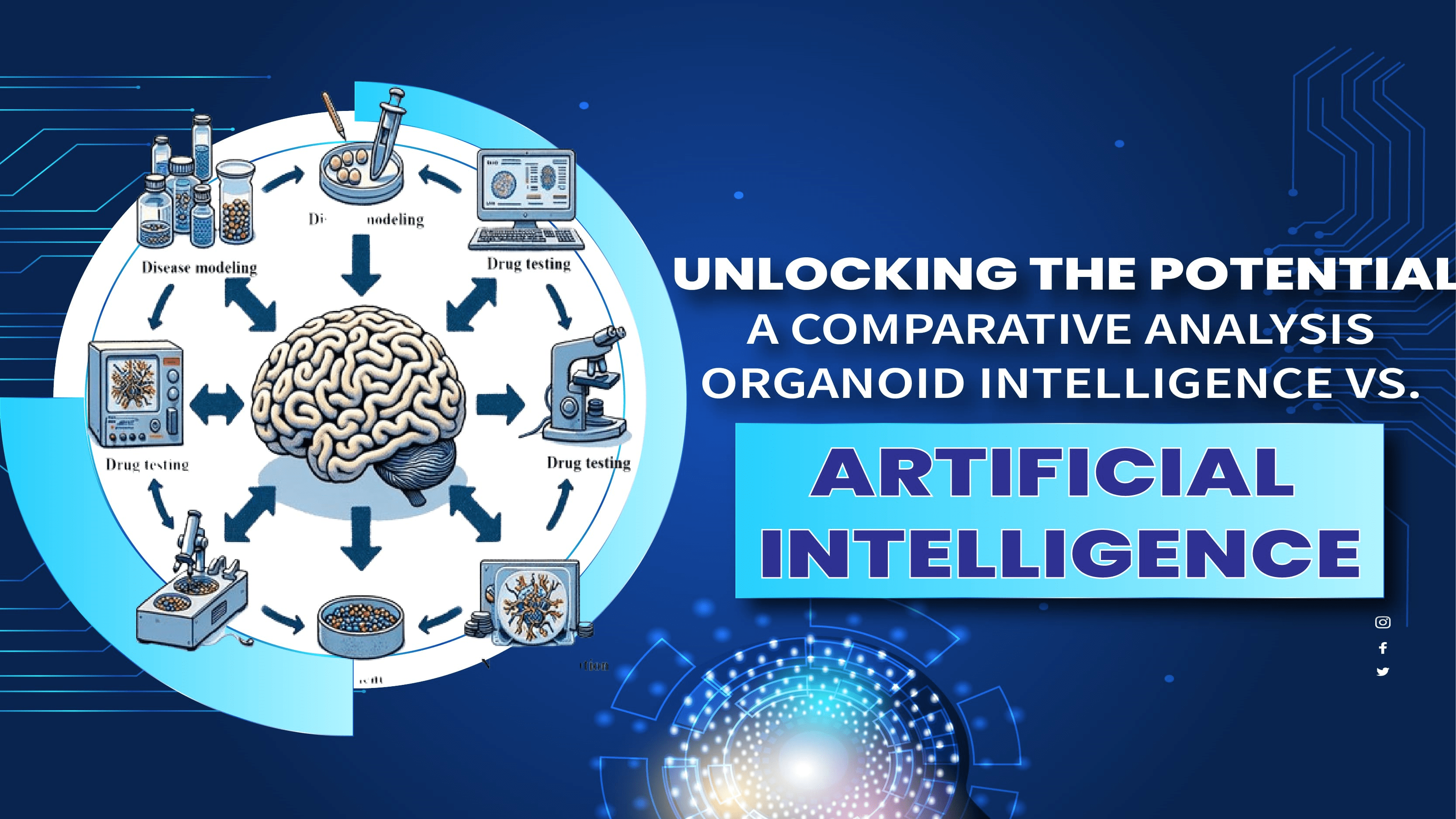Introduction
In the ever-evolving landscape of technological advancements, one sector stands out for its rapid growth and transformative impact – the automotive industry. At the heart of this revolution lies the integration of Artificial Intelligence (AI) into vehicle technology. Projections indicate a staggering compound annual growth rate of nearly 40%, with the automotive AI industry expected to reach a remarkable $15.9 billion by 2027. This surge is indicative of the increasing demand for connected vehicles and smart technologies, paving the way for the era of autonomous driving.
Defining the Future: What is a Self-Driving Car?
A self-driving car, also known as an autonomous or driverless car, is a vehicle equipped with an array of sensors, cameras, radar, and AI systems that enable it to navigate without human intervention. The key criterion for full autonomy is the vehicle’s ability to travel to a predetermined destination without requiring human control, even on roads not specifically adapted for autonomous use.
Major players in the automotive industry, including Audi, BMW, Ford, Google, General Motors, Tesla, Volkswagen, and Volvo, are actively developing and testing autonomous cars. Google’s Waymo project, for instance, conducted extensive testing, covering over 140,000 miles on California streets and highways using a fleet of self-driving cars.
The Mechanics Behind Self-Driving Cars
AI technologies form the backbone of self-driving car systems. Developers leverage massive datasets from image recognition systems, employing machine learning and neural networks to create autonomous driving systems. Neural networks analyze data patterns, learning to identify various elements in a driving environment, such as traffic lights, pedestrians, and street signs.
Google’s Waymo exemplifies this technology in action. Utilizing a combination of sensors, lidar, and cameras, Waymo vehicles create dynamic 3D maps of their surroundings. AI software simulates human perceptual and decision-making processes through deep learning, controlling essential functions like steering and braking. The integration of Google Maps further enhances the vehicle’s awareness of landmarks, traffic signs, and lights.
Autonomy Levels: From Driver Assistance to Virtual Chauffeurs
The U.S. National Highway Traffic Safety Administration (NHTSA) categorizes autonomous vehicles into six levels, ranging from Level 0 (human-driven) to Level 5 (fully autonomous). Many current production cars boast Level 2 autonomy, with advanced driver assistance systems (ADAS) capable of steering and either braking or accelerating simultaneously. Google’s Waymo, nearing Level 5 autonomy, represents a significant step toward fully self-driving cars.
As of 2022, Level 4 autonomous vehicles are being used in innovative ways. Waymo has partnered with Lyft to introduce Waymo One, a fully autonomous ride-sharing service in select cities. Despite the presence of a safety driver, this collaboration signifies a shift towards integrating autonomous vehicles into everyday life.
Pros and Cons of Self-Driving Cars
One of the primary benefits of autonomous vehicles is the potential to enhance safety on the roads. According to the U.S. Department of Transportation, an estimated 94% of serious crashes result from human error. If self-driving cars can mitigate these errors, the economic benefits could be substantial, reducing workplace productivity losses and the economic impact of injuries.
In theory, autonomous cars could alleviate traffic congestion, offering a smoother flow of traffic. Commuters could engage in productive activities during their rides, while those with physical limitations might gain newfound independence.
However, concerns exist regarding the overreliance on autonomous technology. Instances like the 2018 Tesla Model X crash highlight the challenges, where the driver failed to intervene despite visual and audible warnings. Striking a balance between technological advancements and maintaining human engagement remains a crucial consideration.
Safety Challenges and Technological Hurdles
The safety of autonomous cars hinges on their ability to identify and respond to various objects, from debris to pedestrians. Challenges include unexpected scenarios, such as tunnels interfering with GPS signals and construction projects leading to complex decisions. Developers strive to improve the decision-making capabilities of self-driving systems, addressing instances of hesitation and unnecessary swerving.
The fatal 2018 accident involving an autonomous Uber car underscored the importance of refining detection systems. Instances, where the software failed to identify a pedestrian, highlight the ongoing challenges faced by developers. Questions of liability in accidents involving autonomous vehicles also loom large, and cybersecurity risks add another layer of complexity.
The Global Landscape: Strategies and Regulations
China is taking a unique approach to integrating self-driving cars into everyday life. Redesigning urban landscapes, policies, and infrastructure, the Chinese government aims to create a conducive environment for autonomous vehicles. This includes establishing “National Test Roads” and collaborating with mobile network operators to facilitate data processing for self-driving cars. The autocratic nature of the Chinese government provides a streamlined approach, bypassing some of the challenges faced in democratic systems.
The Journey to Autonomy: A Historical Perspective
The evolution of self-driving cars didn’t happen overnight. It began with incremental automation features like cruise control and antilock brakes before the year 2000. Post-2000, advanced safety features such as electronic stability control and blind-spot detection emerged. Between 2010 and 2016, vehicles started incorporating advanced driver assistance capabilities like rearview cameras and lane-centering assistance. Since 2016, the focus has shifted towards partial autonomy, with features like lane-keeping assistance and adaptive cruise control.
Despite the progress, fully automated vehicles are not yet available to the public. The path to their integration involves navigating federal guidance provided by the U.S. National Highway Traffic Safety Administration. The historical context showcases the gradual integration of autonomous features and sets the stage for the future of self-driving cars.
Conclusion: Navigating the Future Roads
The road to autonomous driving is marked by technological breakthroughs, regulatory challenges, and societal adaptations. The potential benefits, from enhanced safety to increased productivity, are immense. However, addressing safety concerns, refining technology, and establishing robust regulations are critical for realizing the full potential of self-driving cars. As we stand on the cusp of a transportation revolution, the integration of AI into vehicles promises to reshape our relationship with mobility, opening up new possibilities for the way we live, work, and commute. The journey towards fully autonomous vehicles continues, and the destination holds the promise of a safer, more efficient, and connected future on the roads.























